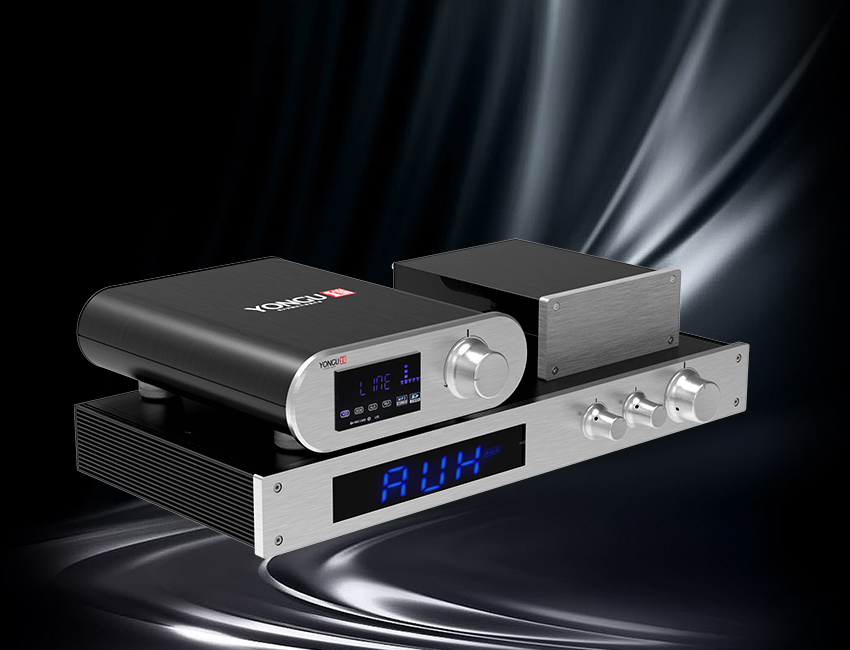
The development of audio technology has followed the same path as that of computers and mobile devices, as seen by recent models of audio super tiny amplifiers. Manufacturers are cramming more and more functions into the same area as everything becomes smaller. Anyone undoubtedly still has memories of the grand old tube amplifiers that ruled the living room. Audio amplifiers nowadays are mostly solid-state amps; however, tube amps are still preferred by enthusiasts. Continue to read this and learn more about amplifier box before proceeding to purchase one. It can deliver the best results to with the purchased products.
Modern amplifiers combine conventional pre-amps and power amplifiers and elegantly organize everything in a single box that is no bigger than a VCR. A new generation of super-miniature audio amplifiers has been created thanks to improvements in audio technology's power efficiency. These tiny amplifiers, which are about the size of a deck of cards, can drive a speaker to a loud level with their 50 Watts of power.
The "Class-A" and "Class-AB" designs of analog amplifiers in the past resulted in rather poor power efficiency for audio amplifiers. By their very nature, analog audio amplifiers only convert a tiny percentage of the power they use—usually between 20 and 30 percent—into audio, with the majority being lost as heat. This necessitates that analog audio amps offer significant cooling, which is achieved by utilizing heat sinks, depending on the supported output power. These amplifiers can't be manufactured very tiny due to the heat sinks.
As opposed to "Class-A" or "Class-AB" amplifiers, "Class-D" amplifiers are based on a digital architecture that offers superior power efficiency — often between 80 and 95 percent. The ability to miniaturize audio amplifier designs was made possible by the fact that only a tiny fraction of the energy is lost as heat. Digital "Class-D" amplifiers' usage of a switching stage at the output, which results in non-linearity and some degree of audio signal distortion, is a significant disadvantage. Digital amplifier development has stalled as a result of this limitation.
Modern "Class-T" and "Class-D" amplifier topologies include a feedback mechanism that feeds the amplifier's output back into its input. This design enables the amplifier to correct for mistakes brought on by the switching output stage. This architecture enables amplifiers to achieve minimal audio distortion comparable to earlier analog amplifiers while yet having the power efficiency of digital amplifiers.
The latest generation of tiny audio amplifiers makes it possible to use speakers with cable boxes, DVD players, and MP3 players, as well as speaker installations when space is at a premium. Traditional amplifiers would not work in these situations.
While keeping this basic understanding of amplifiers in mind, it is possible to proceed with looking around for amplifiers. Along with that, there is a possibility to end up getting hold of the best amplifier box that is available for purchase out there.
Media Contact
Company Name: Foshan Nanhai Yonggu Hardware Products Co.,Ltd
Contact Person: Media Relations
Email: Send Email
Phone: +86 17708670860
Address:Room 2401, 24th Floor, Weiye International Building, No. 75 Lingnan Road, Dali Town, Nanhai District
City: Foshan
Country: China
Website: https://www.yongucase.com
